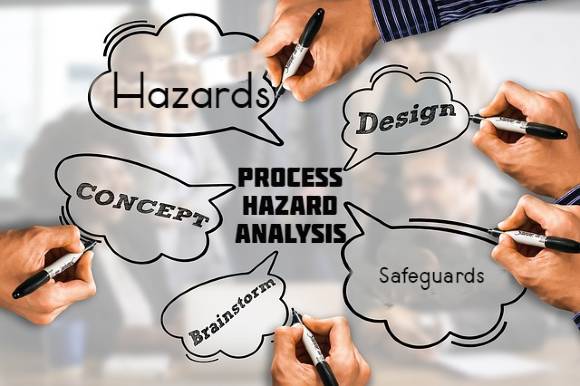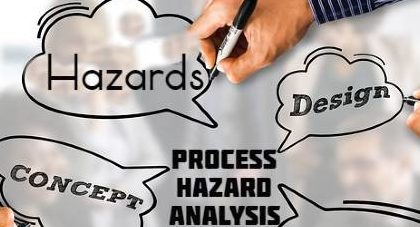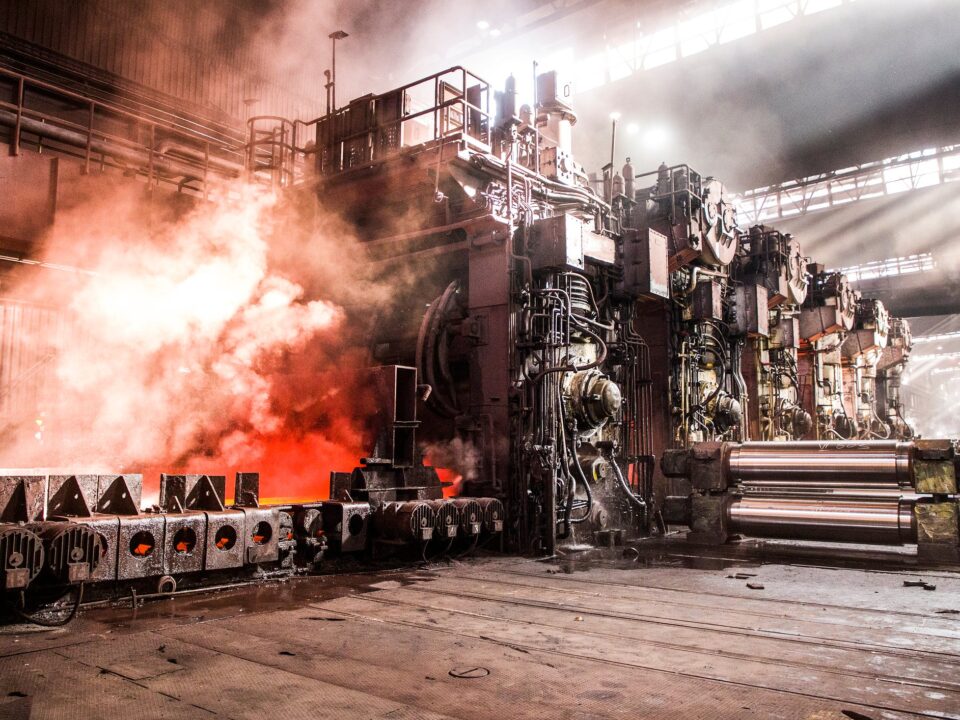Noise Hazards in Construction: Protecting Hearing Health for Workers

Hydrogen Cyanide Exposure Risks: Symptoms, Treatment, and Prevention Strategies
February 20, 2024
Phosgene Gas Safety: Preventing Exposure in Chemical Manufacturing Plants
February 22, 2024Construction sites are bustling hubs of activity, with machinery roaring, hammers pounding, and vehicles beeping. Amidst this cacophony, workers often face a silent threat: noise hazards. In this article, we’ll delve into the world of noise hazards in construction, understanding their effects, exploring regulations, and discovering ways to safeguard workers’ hearing health.
Introduction
Construction sites are notorious for their noisy environments. From heavy machinery to power tools, the symphony of construction can reach deafening levels. While this may seem like an inevitable aspect of the job, prolonged exposure to high noise levels can have severe consequences for workers’ hearing health.
Understanding Noise Hazards
What exactly constitutes a noise hazard? Simply put, it’s any sound that exceeds safe levels and has the potential to cause hearing damage. In construction, common sources of noise include jackhammers, drills, saws, and heavy equipment. Even seemingly innocuous tasks like hammering can contribute to noise pollution.
Effects of Noise Exposure
The effects of noise exposure are not to be underestimated. Prolonged exposure to loud noises can lead to hearing loss, tinnitus, and other auditory problems. Additionally, noise-induced hearing loss is often irreversible, making prevention crucial.
Regulations and Standards
To address these risks, regulatory bodies have established standards for noise control in the workplace. Organizations such as OSHA (Occupational Safety and Health Administration) provide guidelines for permissible noise exposure levels and require employers to implement measures to protect workers.
Identifying Noise Sources
The first step in mitigating noise hazards is identifying the sources. Conducting noise assessments on construction sites can help pinpoint areas of concern and determine the most effective control measures.
Noise Control Measures
Once identified, various techniques can be employed to control noise levels. These may include using quieter machinery, erecting barriers, and implementing sound-absorbing materials.
Personal Protective Equipment (PPE)
In situations where noise reduction measures are impractical, personal protective equipment (PPE) becomes essential. Earplugs and earmuffs can significantly reduce exposure to harmful noise levels, protecting workers’ hearing health.
Training and Awareness
Beyond physical safeguards, education plays a crucial role in preventing noise-induced hearing loss. Training workers on the risks of noise exposure and proper usage of PPE can empower them to take proactive measures to protect their hearing.
Monitoring and Maintenance
Regular monitoring of noise levels and equipment maintenance are vital components of noise control programs. By identifying issues early on and addressing them promptly, employers can ensure a safe working environment for their employees.
Case Studies
Numerous case studies demonstrate the effectiveness of noise control initiatives in construction. From implementing quieter equipment to redesigning work processes, these success stories highlight the tangible benefits of prioritizing noise reduction.
Costs vs. Benefits
While implementing noise control measures may incur initial costs, the long-term benefits far outweigh the expenses. Not only does it protect workers’ health and well-being, but it also enhances productivity and reduces the risk of costly litigation.
Future Trends
Looking ahead, technological advancements offer promising solutions for noise control in construction. Innovations such as quieter machinery, advanced monitoring systems, and noise-canceling technologies are shaping the future of workplace safety.
Conclusion
In conclusion, noise hazards pose a significant risk to construction workers’ hearing health. By understanding the effects of noise exposure, adhering to regulations, and implementing effective control measures, employers can create safer and healthier work environments.




